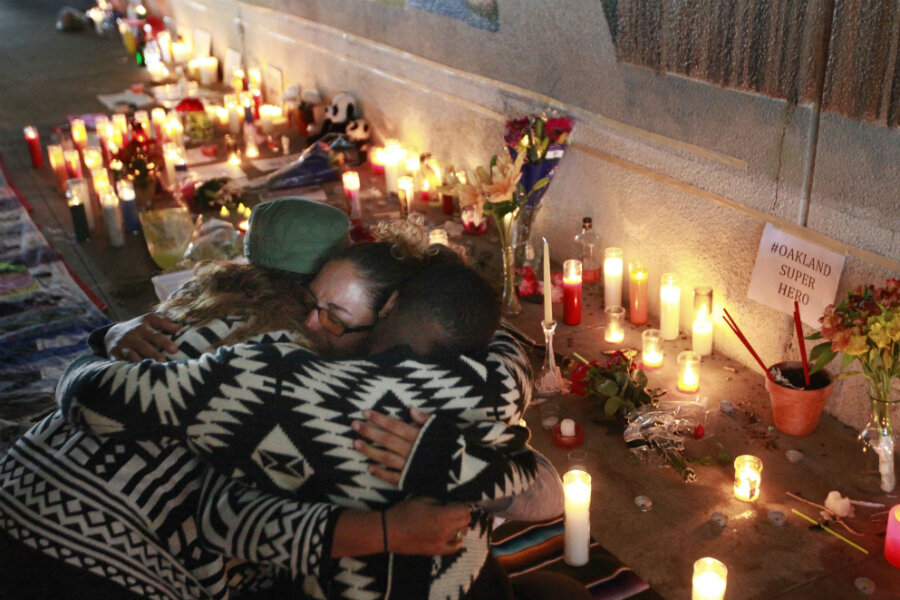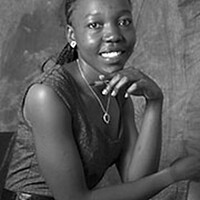Oakland man charged in slaying of peace muralist
Loading...
A 20-year-old man has been charged in the shooting death of a Northern California artist, police said.
Artist Antonio Ramos was fatally shot in an Oakland freeway underpass in September. Police say the 27-year-old from Emeryville was helping paint a street-side mural for a group that works to spread peace and stop violence when he was gunned down after an apparent argument.
The suspect, Marquise R. Holloway, of Oakland was arrested Friday and is scheduled to be arraigned Tuesday. Besides a murder charge, Mr. Holloway is also expected to be arraigned on multiple counts of robbery not related to the killing, authorities said.
The city of Oakland has a history of violent crime. Forbes magazine ranks the city as the the third most dangerous in the United States, with a violent crime rate of 1,683 per 100,000 residents.
However, the FBI cautions against such rankings saying, “these rough rankings provide no insight into the numerous variables that mold crime in a particular town, city, county, state, tribal area, or region,” and that “valid assessments are possible only with careful study and analysis of the range of unique conditions affecting each local law enforcement jurisdiction.”
A recent report by NeighborhoodScout ranking the top 100 dangerous cities in the US shows that high violent crime rates are less about city size but more about economic issues in many communities.
Andrew Schiller, CEO and founder of NeighborhoodScout notes:
The picture of violent crime in America in many people’s minds is of high rise public housing projects, but once we did the analysis, we realized that the picture of violent crime in America is different today with more of the most dangerous areas dominated by single family homes, abandoned homes, low-income areas in inner-ring suburbs or decaying cities. High rise public housing is no longer the dominant picture of violence in America.
In NeighborhoodScout’s report Boston, Chicago, Los Angeles, and New York are all absent from the most dangerous list, despite being the centers for some of the largest urban areas in the nation, and only three on the list are mid-to-large sized cities. The rest are smaller, around or below populations of 100,000 people.
Nationally, a number of cities have seen spikes in homicides and other violent crimes this year, following decades of decline.
The number of violent crimes across the United States is estimated to have dropped by 0.2 per cent in 2014 from the year before, which had brought historic lows to many cities, according to data recently released by the FBI.
This report contains material from the Associated Press.








